
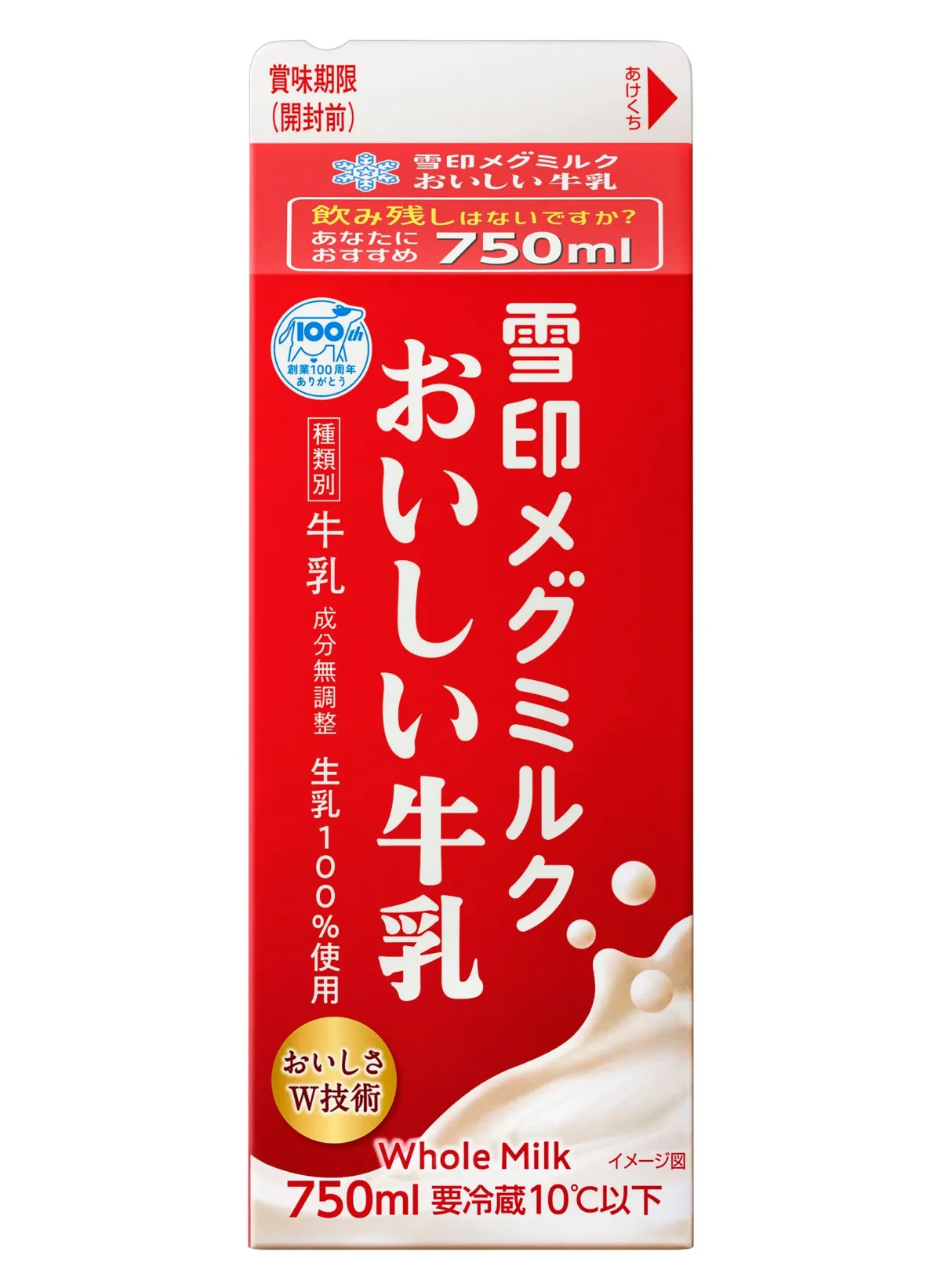
The Hidden Food Waste Crisis: Insights from Snow Brand Milk's Latest Survey Ahead of Earth Day
Understanding Hidden Food Waste
As Earth Day approaches on April 22, the issue of food waste takes center stage. In a recent survey conducted by Snow Brand Milk, the company has deeply investigated the surprising phenomenon of "hidden food waste" in Japan. The findings are shocking: top food commodities that frequently contribute to waste include milk, vegetables, and meat.
Survey Findings
The survey targeted 8,133 individuals aged 20 to 69 across Japan, shedding light on food waste's underlying causes. Milk, which often gets thrown away but isn’t accounted for in waste statistics because it's not collected as trash, was identified as the number one food item prone to waste. This emphasizes the often-overlooked scenario where milk is consumed improperly or not at all, leading to significant losses.
The Characteristics of Milk Waste
The study highlighted notable patterns in milk consumption. Many consumers purchase large sizes, regardless of household size, resulting in leftover milk. Notably, around 50% of respondents cited purchasing larger quantities of milk because of perceived cost benefits, resulting in waste for single-person households. This revealed consumer behaviors that tend to overlook the practicality of food consumption in relation to household size.
To address this concern, Snow Brand Milk has launched a new product - 750ml of Snow Brand Delicious Milk - specifically designed for the Kanto region starting March 25. This size caters to those who find 1000ml too much, showcasing the company's commitment to reflecting consumer needs and tackling food waste effectively.
Insights from the Survey
An analysis of the overall food habits revealed that a staggering 35.3% of respondents have previously thrown away milk due to expiration, followed by vegetables at 32.3% and meat at 24.1%. The worrying figure indicates that over 60% have experienced food waste.
Among the 2,000 milk buyers surveyed, 67.4% reported using milk primarily for drinking, while 59.7% used it as an ingredient in beverages like coffee or tea. Remarkably, 45.9% incorporated milk into cooking recipes.
The primary reason for disposing of milk is overwhelmingly due to expired products, with 84.7% acknowledging they have discarded milk for this reason. Additionally, factors such as being away for work or travel and a change in flavor after opening also emerged as causes.
Data on purchasing behavior highlighted that many buy large sizes, thinking it’s more economical, yet often find themselves with unused leftovers, particularly in larger households. The survey disclosed that a large proportion of these consumers cannot finish the product sufficiently, leading to waste. Interestingly, the volume of waste tends to be lower per incident, typically around 200ml for 46.7% of respondents.
Consumer Strategies for Wastage Reduction
Some consumers reported strategic purchasing to reduce waste by avoiding large sizes or selecting smaller portions. Many also provided insightful tips on recipes that encourage consumption before expiration or utilizing soon-to-expire products in meals like curries and stews.
Snow Brand Milk's Commitment
With the launch of the new 750ml size, Snow Brand Milk demonstrates its responsiveness to changing consumer dynamics in food consumption. This initiative not only aligns with their overall mission to reduce food waste but also seeks to provide various options for customers to suit their lifestyles.
Conclusion
Through the insights gained from this survey, Snow Brand Milk aims not just to combat food waste but also to foster awareness about sustainable consumption practices. They continue their commitment to addressing food waste through product innovations and consumer education.
For inquiries and more information, customers can contact Snow Brand Milk Customer Service at 0120-301-369, or visit their official website at Snow Brand Milk.
This comprehensive approach is essential in the fight against food waste, especially as we strive to protect our planet.
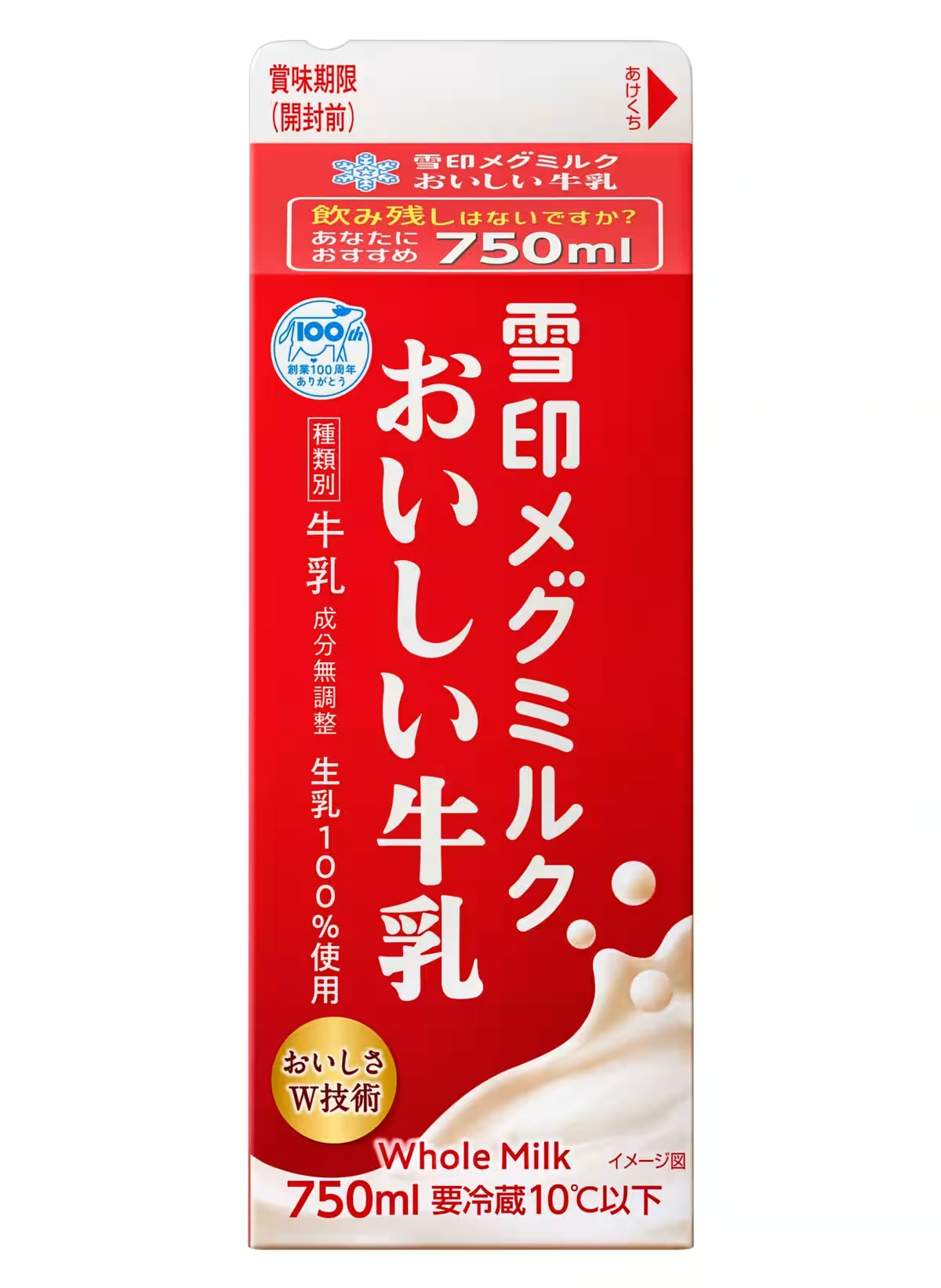
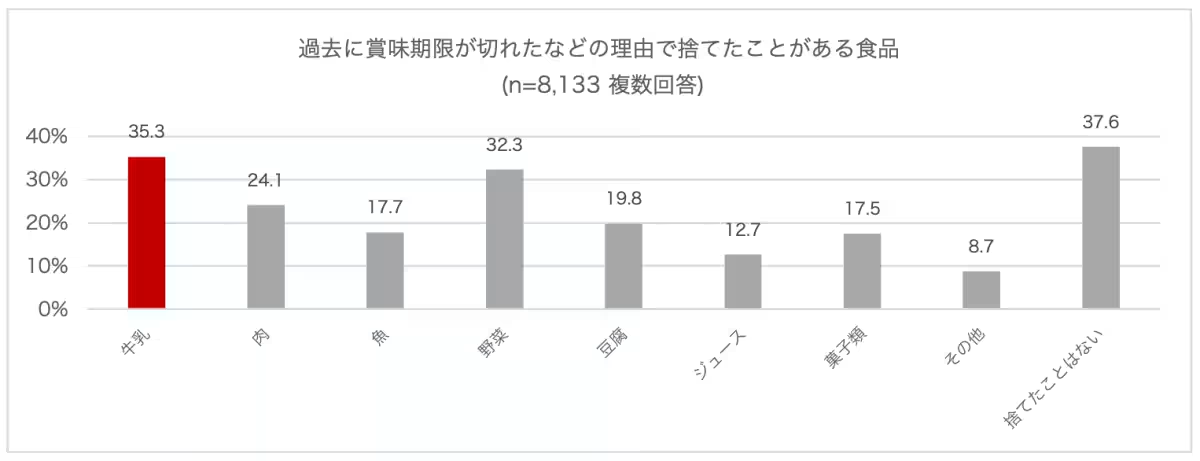
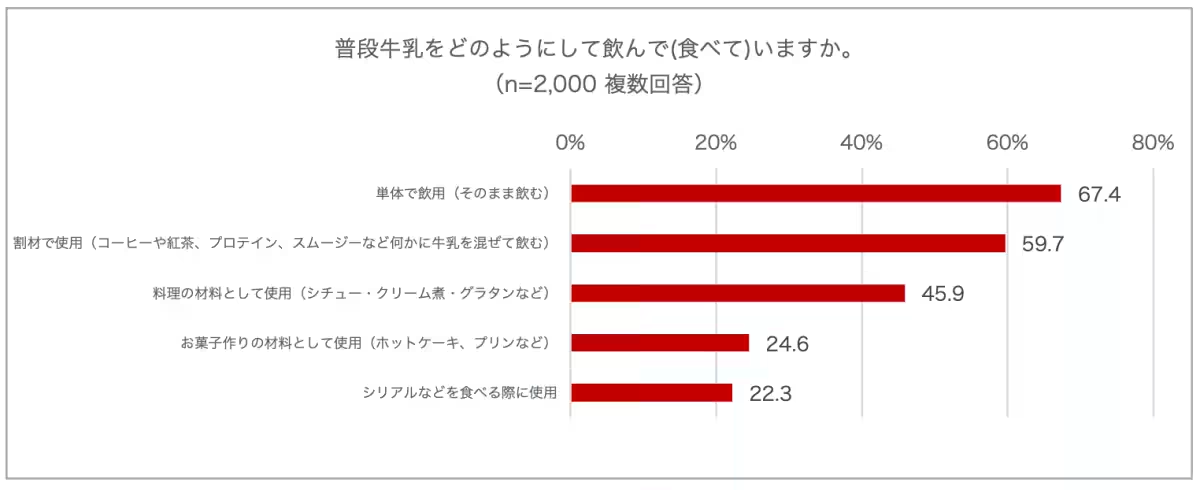
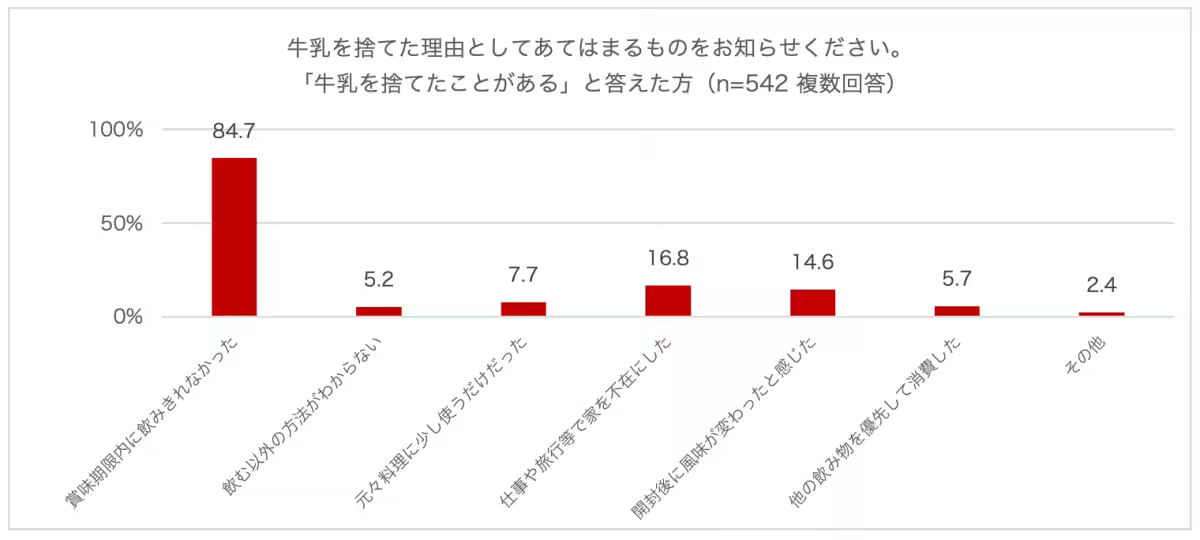
Topics Consumer Products & Retail)










【About Using Articles】
You can freely use the title and article content by linking to the page where the article is posted.
※ Images cannot be used.
【About Links】
Links are free to use.